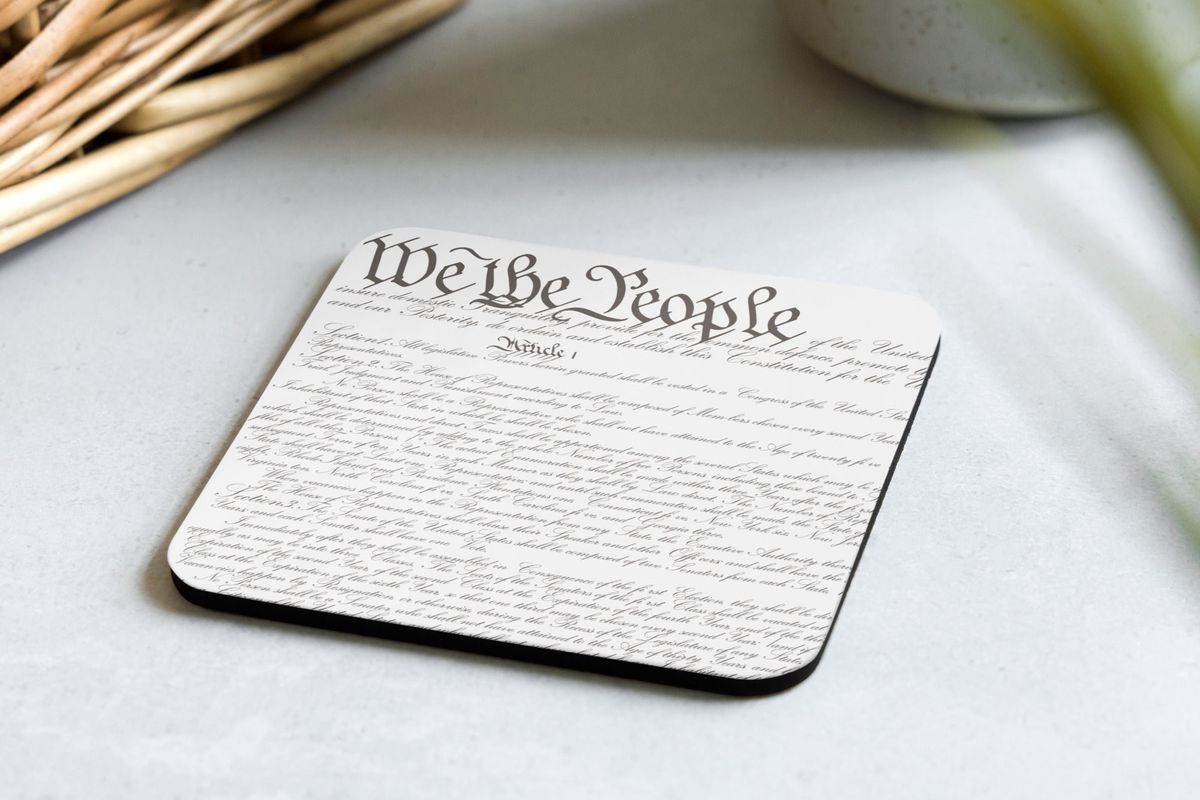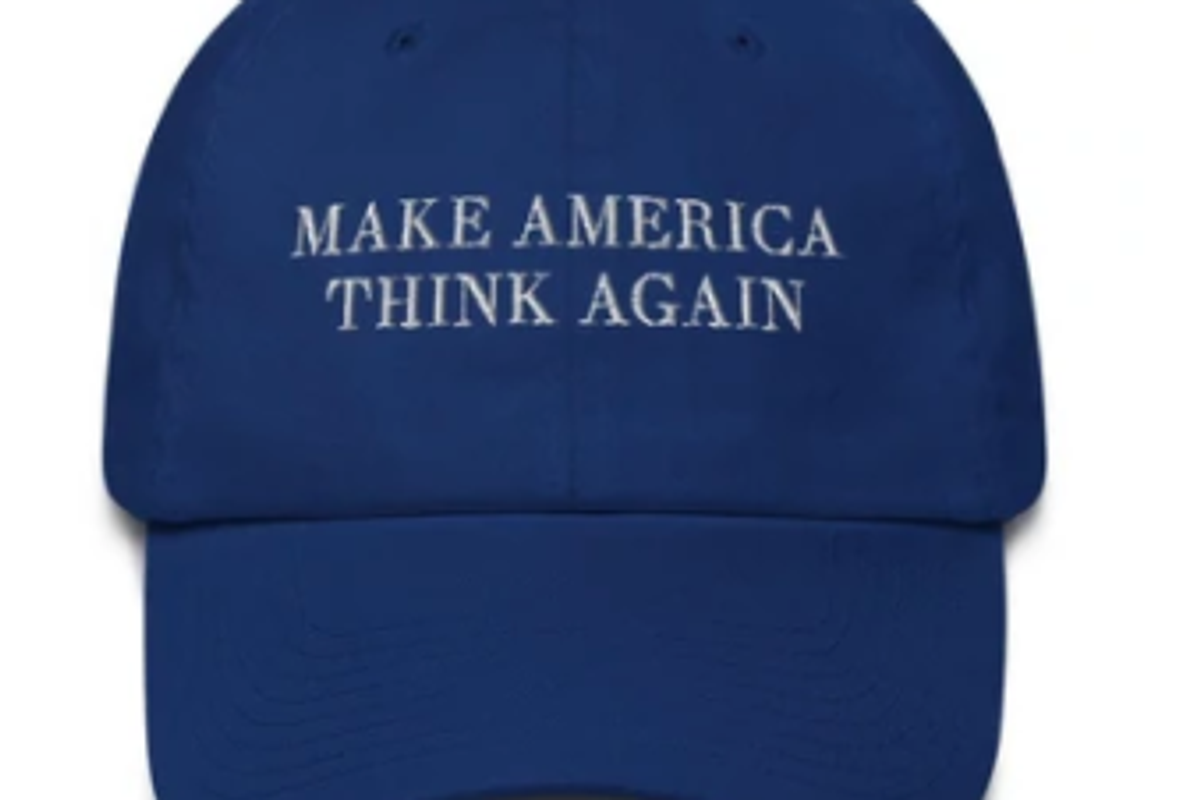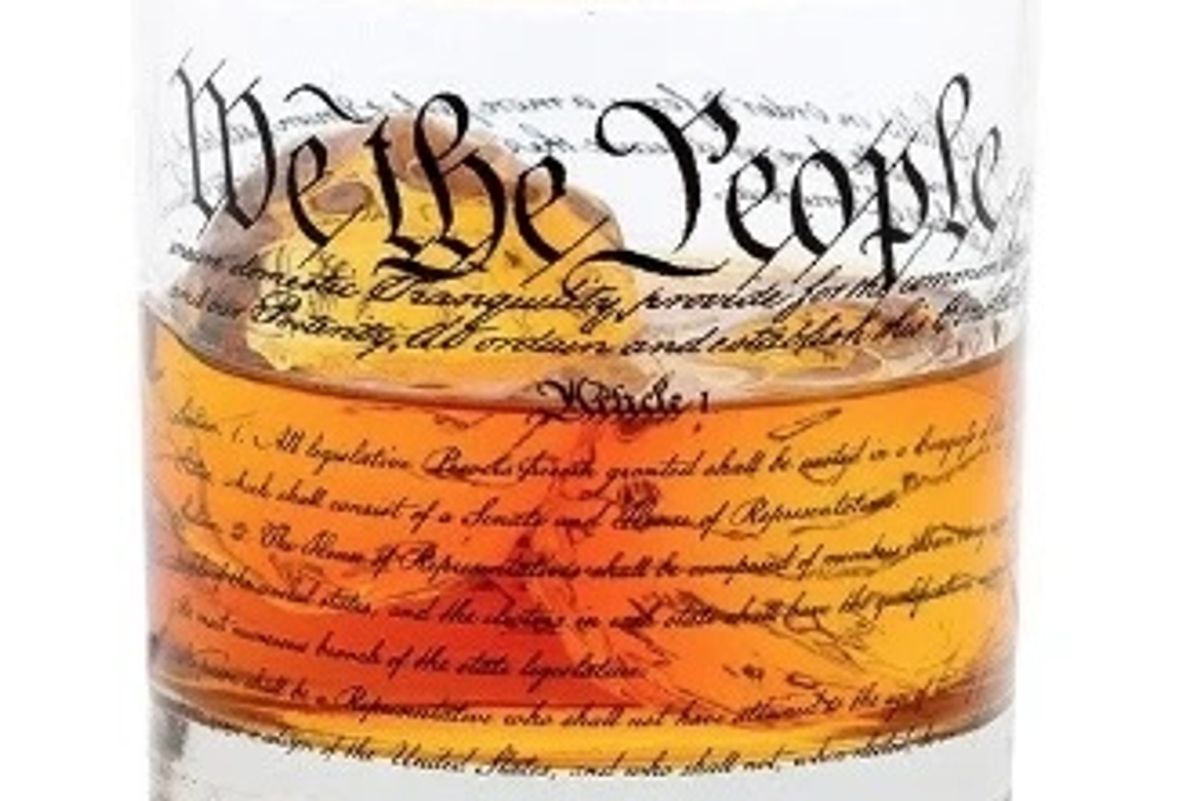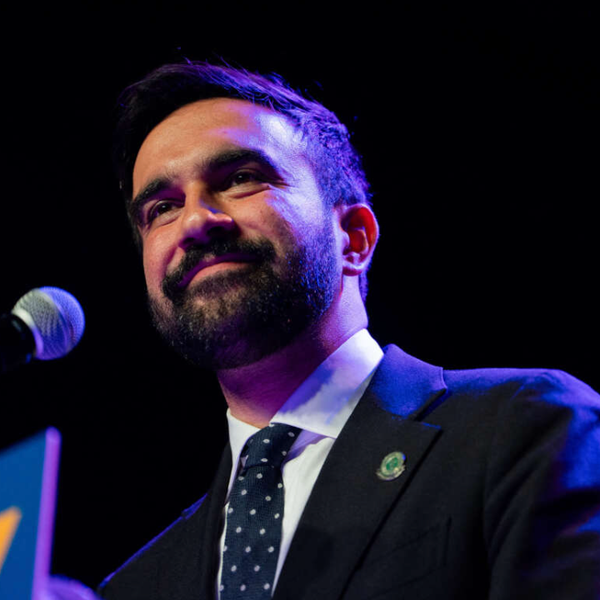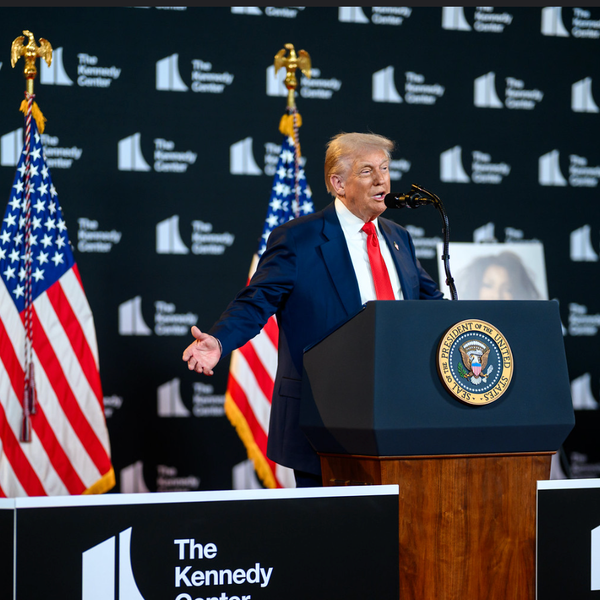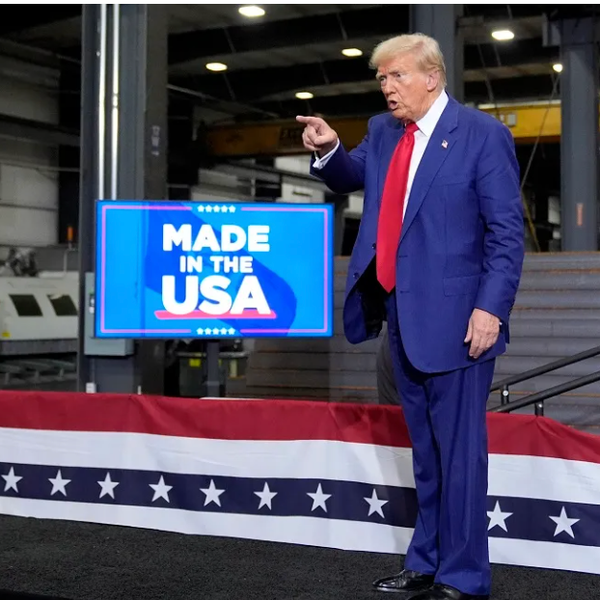
Reprinted with permission by AlterNet.
It’s often said that the 2016 presidential campaign is unlike any other, starting with the barrier-breaking gender of one candidate, and the use of misogyny and racism as positive brand-identifiers by the other. But there’s another factor that could spell a departure in the 2016 race from the presidential contests of 2012 and 2008, which will not be known until after the vote is in: just who will decide to vote?
A Washington Post/ABC News poll released Saturday shows Clinton squeaking by Trump with a mere 2-point lead, a far different result from the 12-point Clinton lead the very same poll showed a mere five days before. The survey’s pollster says the sudden shift is more indicative of a changing view of who’s likely to turn out than of changes in the preferences of voters previously surveyed. Among them, a big bump up in the percentage of non-college-educated white women identifying as Trump voters, and a reluctance on the part of certain Democratic-leaning eligible voters to actually turn up at the polls.
As described by Gary Langer of Langer Research Associates, the firm that conducted the polling for the news outlets, according to an ABC News press release:
- In one example, there are 6 points more Republicans and GOP-leaning independents showing up in the ranks of non-college white women. This group was broadly for Trump a few weeks ago, then less so; it’s now back, favoring him by 59-29 percent.
- Loosely affiliated or reluctant Clinton supporters look less likely to vote, perhaps given their sense she can win without them—a supposition that looks less reliable today.
These surveys were taken before news broke of FBI director James Comey’s dark and vague letter to the chairmen of a number of congressional committees stating that new emails had been found on a laptop belonging to former congressman Anthony Weiner that may be pertinent to the FBI’s earlier investigation of emails hosted on Hillary Clinton’s private server while she was secretary of state. (Weiner is the estranged husband of Clinton aide Huma Abedin; the FBI is currently investigating his lewd text messages sent to a 15-year-old girl. In short, he’s disgusting.)
While the Trump campaign is likely reveling in news that a growing segment of the electorate is inclined toward its candidate (those Trump-appreciative women who were not expected to vote in this election), Bloomberg News published an exclusive report on the Trump campaign’s attempts to actually depress voter turnout among certain segments of the potential electorate, through the use of marketing techniques. The voters they hope to keep home are from constituencies more naturally aligned with Clinton: young women, African Americans and “idealistic white liberals” (Trumpspeak, one imagines, for Bernie supporters).
Campaign staffers who talked to Bloomberg’s Joshua Green and Sasha Issenberg said Trump’s publicity stunt in the hour before the second presidential debate, when he sat at a long table in a hotel conference room, flanked by women who accused former president Bill Clinton of assaulting them, was designed to depress turnout for Clinton among young women. More quietly, the Trump people are pushing to black audiences a line Hillary Clinton delivered in a 1996 speech in which she referred to members of violent gangs as “superpredators,” a remark Trump and his surrogates describe as a broad-brush characterization of black teenagers. (Clinton has repeatedly expressed regret for her use of the term, which was in vogue in that era.)
From the October 27 Bloomberg report:
On Oct. 24, Trump’s team began placing spots on select African American radio stations. In San Antonio, a young staffer showed off a South Park-style animation he’d created of Clinton delivering the “superpredator” line (using audio from her original 1996 sound bite), as cartoon text popped up around her: “Hillary Thinks African Americans are Super Predators.” The animation will be delivered to certain African American voters through Facebook “dark posts”—nonpublic posts whose viewership the campaign controls so that, as Parscale puts it, “only the people we want to see it, see it.” The aim is to depress Clinton’s vote total. “We know because we’ve modeled this,” says the official. “It will dramatically affect her ability to turn these people out.”
The Trump team’s effort to discourage young women by rolling out Clinton accusers and drive down black turnout in Miami’s Little Haiti neighborhood with targeted messages about the Clinton Foundation’s controversial operations in Haiti is an odd gambit.
The Bloomberg writers report that the Trump campaign’s organizing model, according to its data and marketing guru Brad Parscale, is a Facebook strategy which, if it doesn’t succeed in suppressing the more progressive segment of the vote, is destined to at least yield Trump a fat list of dedicated followers before it’s all over.
* * *
In the meantime, a group of purported political insiders who talk regularly to Politico are still expecting to see a “Bradley effect” in the final vote tallies that shows voters who talked to pollsters were reluctant to admit that they planned to vote for Trump. According to Politico:
Most Republican insiders don’t believe [the polls are] accurately capturing Trump’s true level of support.
That’s according to the Politico Caucus—a panel of activists, strategists and operatives in 11 key battleground states. More than seven-in-10 GOP insiders, 71 percent, say the polls understate Trump’s support because voters don’t want to admit to pollsters that they are backing the controversial Republican nominee.
Meanwhile, Hillary Clinton’s lead over Trump among women overall is looking to be epic. When FiveThirtyEight’s Harry Enten parsed the polls by gender on October 17, Clinton enjoyed a 20-point lead among women voters in FiveThirtyEight’s “average of the most recent live-interview polls from each pollster to test the race in October.”
Anecdotally, there is some evidence of Republican women choosing either to vote for Clinton or to vote only in down-ballot races, skipping the race for the presidency. The New York Times talked to several women leaders in the GOP, following Trump surrogate Newt Gingrich’s attempt to slut-shame Fox News Megyn Kelly when the host of “The Kelly Files” dared to bring up the Republican nominee’s alleged groping of women.
From the New York Times report by Trip Gabriel:
“I think we’ll see a lot of women walk away from the party over this,” said Katie Packer, who was Mr. Romney’s deputy campaign manager. “What you’re seeing is 20 years, 30 years of frustration coming together and really, really compounded in the last couple of weeks.”
In Marie Clarie, Lyz Lenz wrote of her friends in her nearly all-Republican evangelical community secretly vowing to vote for Clinton. Lenz interviews a friend:
“It’s just not worth the capital for me to support Clinton in a visible context,” she says. “But one on one, I try to convince people that there are other alternatives to Trump.”
For the most part, though, she’s content to “pass” as a Trump voter. “In a normal election cycle, most Evangelical Christians are assuming others are like them,” she says. “I don’t correct their assumption.”
* * *
In any election, evidence of the makeup of the electorate is delivered no sooner than election day. But this election may not even offer that if there are an appreciable number of “shy” Trump voters and “shy” Clinton voters. Would these people even tell exit pollsters the name of their candidate?
And this election is different from all those before in other ways: Facebook itself has changed, and the Trump campaign is taking advantage of those changes with its use of “dark posts” and other new features designed for marketers.
In every election cycle, the electorate changes, according to the cycles of life. People turn 18 and register for the first time; other people die. People move to other states, drop out of voting, or decide to vote after not having done so in a while. But in a chaotic cycle in which the Democratic Party has seen a primary battle between its liberal and progressive wings, and the Republican Party has been all but wrecked by a candidate whose few stated policies often diverge from the party’s stated policies (say, on tariffs and trade), a very different assemblage of people from past presidential years could turn up at the polls. Will a sizeable number of white women who did not go to college and who haven’t voted in a while turn up to vote for Trump? That latest Washington Post/ABC News poll suggests that could happen.
The trick for pollsters will be to find ways of measuring any such changes to the composition of the electorate. The trick for everybody else: understanding what it means for our politics.
Adele M. Stan is AlterNet’s senior Washington editor, and a weekly columnist for The American Prospect. Follow her on Twitter @addiestan.
IMAGE: Trump supporters listen as U.S. Republican presidential candidate Donald Trump speaks during a campaign rally in Grand Rapids, Michigan December 21, 2015. REUTERS/Rebecca Cook

